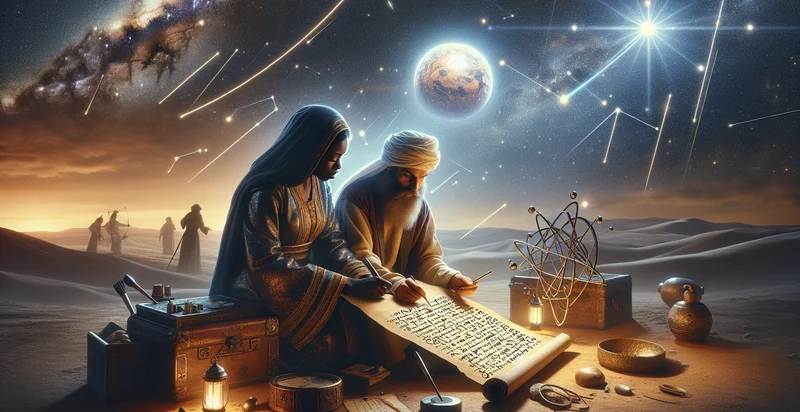Identify star clusters
using AI
Below is a free classifier to identify star clusters. Just upload your image, and our AI will predict what type of star cluster it is - in just seconds.

Contact us for API access
Or, use Nyckel to build highly-accurate custom classifiers in just minutes. No PhD required.
Get started
import nyckel
credentials = nyckel.Credentials("YOUR_CLIENT_ID", "YOUR_CLIENT_SECRET")
nyckel.invoke("star-clusters", "your_image_url", credentials)
fetch('https://www.nyckel.com/v1/functions/star-clusters/invoke', {
method: 'POST',
headers: {
'Authorization': 'Bearer ' + 'YOUR_BEARER_TOKEN',
'Content-Type': 'application/json',
},
body: JSON.stringify(
{"data": "your_image_url"}
)
})
.then(response => response.json())
.then(data => console.log(data));
curl -X POST \
-H "Content-Type: application/json" \
-H "Authorization: Bearer YOUR_BEARER_TOKEN" \
-d '{"data": "your_image_url"}' \
https://www.nyckel.com/v1/functions/star-clusters/invoke
How this classifier works
To start, upload your image. Our AI tool will then predict what type of star cluster it is.
This pretrained image model uses a Nyckel-created dataset and has 26 labels, including Andromeda, Beehive, Crab Nebula, Double Cluster, Globular Cluster, Hyades, M11, M13, M14 and M15.
We'll also show a confidence score (the higher the number, the more confident the AI model is around what type of star cluster it is).
Whether you're just curious or building star clusters detection into your application, we hope our classifier proves helpful.
Related Classifiers
Need to identify star clusters at scale?
Get API or Zapier access to this classifier for free. It's perfect for:
- Astronomy Research: The 'star clusters' identifier can assist researchers in classifying astronomical images to identify and catalog star clusters more accurately. This can enhance data collection for studies related to the formation and evolution of galaxies.
- Astrophotography Enhancement: Amateur and professional astrophotographers can use the function to automatically identify and categorize star clusters in their images. This feature can help photographers refine their work and add precision to their astrophotography portfolios.
- Educational Tools: The identifier can be integrated into educational software for astronomy courses, allowing students to learn about star clusters interactively. This use case can foster engagement and provide practical experience in astrophysical classification.
- Observatory Data Analysis: Observatories can implement the image classification function to improve their data analysis workflow. By automating the identification of star clusters, staff can focus on interpreting results rather than spending time on manual classifications.
- Space Mission Planning: Agencies involved in space missions can utilize the identifier to analyze satellite and space-based telescope imagery. Accurate identification of star clusters is crucial for selecting targets for further exploration and study during missions.
- Citizen Science Projects: The classification function can be used in citizen science platforms, enabling volunteers to contribute to identifying star clusters in vast datasets. This community engagement can accelerate discoveries in the field of astronomy and encourage public participation in scientific research.
- Data Enrichment for AI Models: Companies developing AI models for space and astronomy can use the identifier to enrich their training datasets. By precisely labeling images with star clusters, developers can improve the accuracy and performance of their predictive models in celestial object recognition.


